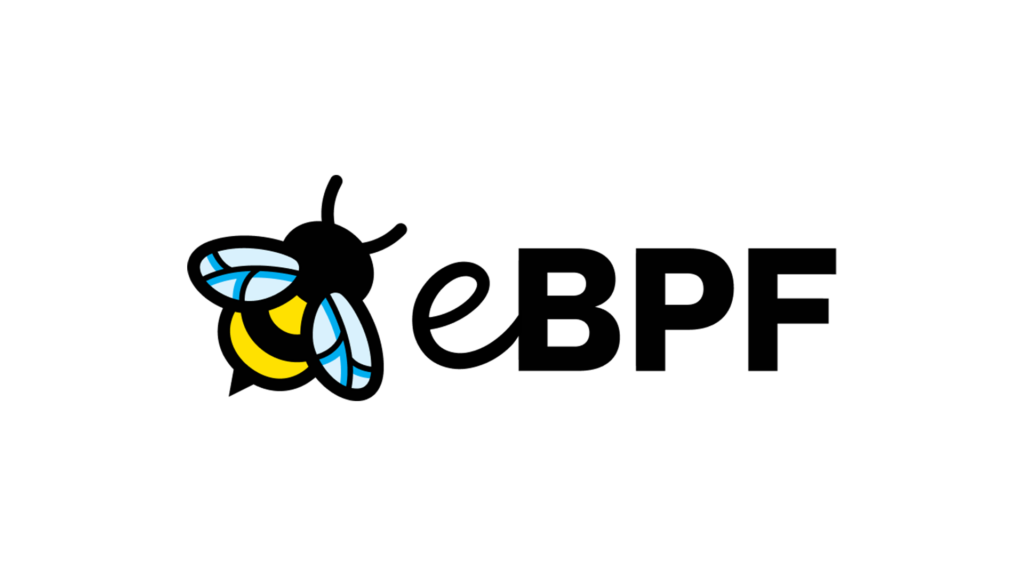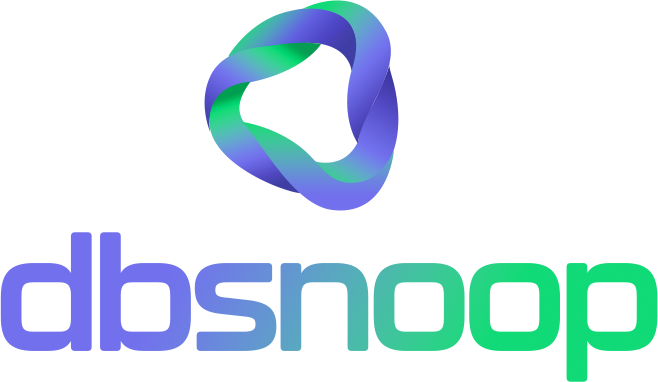
eBPF and the Future of Observability: Deep Monitoring without Performance Impact
The complexity of IT environments has grown exponentially in recent years. The transition to distributed architectures, microservices, and cloud computing has brought significant challenges for infrastructure and security teams. Traditional monitoring and observability approaches, based on high-level metrics and application instrumentation, often fail to provide a complete view of what’s happening in the system.
It is in this context that eBPF (Extended Berkeley Packet Filter) emerges as a revolutionary technology, enabling advanced monitoring and proactive security directly within the operating system kernel, without the need to modify applications or impact performance. Companies such as Google, Meta, Netflix, and Cloudflare are already using this approach to enhance their observability and security strategies.
What is eBPF and Why is it Disruptive?
Originally designed for packet filtering, eBPF has evolved into a powerful observability and security mechanism, allowing code to be executed safely within the Linux kernel. This means that instead of relying only on application logs or superficial metrics, we can collect detailed data about system calls, resource consumption, and interactions between processes—all without needing to instrument the application source code.
Key Benefits of eBPF:
- Low Overhead – eBPF runs directly in the kernel, optimizing data collection with minimal impact on system performance.
- Enhanced Security – Unlike approaches that require external kernel modules, eBPF operates in isolation, reducing the risk of vulnerabilities.
- Universal Observability – eBPF allows monitoring of applications written in any language by analyzing system calls and process behavior without modifying the source code.
- Flexibility and Extensibility – With support for a wide range of scenarios, eBPF can be used for network monitoring, security analysis, system call tracing, and performance debugging.
eBPF Use Cases in Observability and Security
With its ability to capture events directly from the kernel, eBPF has become the foundation for a new generation of monitoring tools. Below are some key use cases:
- Network Monitoring and Security
- eBPF enables deep inspection of network traffic and real-time packet behavior analysis. Tools like Cilium use this technology to provide security and observability for microservices and Kubernetes, ensuring that only authorized communications occur within the infrastructure. Additionally, solutions like Falco detect suspicious activities and malicious behavior, functioning as an Intrusion Detection System (IDS).
- Application and Infrastructure Monitoring
- eBPF allows observability without the need for explicit code instrumentation, enabling immediate monitoring of applications without developer intervention. Tools like Pixie provide cloud-native monitoring based on eBPF, automatically collecting latency metrics, service interactions, and resource usage.
- Performance Bottleneck Detection
- With eBPF, it’s possible to capture detailed data on CPU usage, memory usage, and disk operations, helping optimize high-performance applications. Solutions like BPFTrace enable system call tracing and identifying bottlenecks in databases, APIs, and distributed systems, providing valuable insights for optimization.
- Observability for Kubernetes Environments
- In the microservices ecosystem, eBPF is essential for monitoring interactions between pods, identifying latency issues, and detecting communication failures between services. Operating at the kernel level, it allows tracking calls between containers without modifying applications, ensuring deeper and more accurate monitoring.
eBPF-Based Tools
The growth of the eBPF ecosystem has led to the development of a range of tools focused on observability and security, including:
- Cilium – Network monitoring and security for microservices and Kubernetes.
- Falco – Runtime security, detecting threats in the system.
- BPFTrace – Debugging and tracing system calls on Linux.
- Pixie – Automatic observability for cloud-native applications without the need for instrumentation.
- Katran – High-performance load balancer created by Facebook.
With these tools, it’s possible to leverage the benefits of eBPF without having to develop solutions from scratch, making the adoption of this technology more accessible for companies of all sizes.
The Future of Observability with eBPF
As Kubernetes, serverless computing, and edge computing continue to grow, eBPF will become even more relevant for companies seeking advanced monitoring and enhanced security. The trend is that new tools based on eBPF will continue to emerge, enabling autonomous and predictive monitoring in increasingly complex infrastructures.
Additionally, as the demand for real-time threat detection grows, eBPF will increasingly be used for attack prevention, continuous audits, and incident response.
eBPF is revolutionizing observability by enabling companies to have complete visibility into their infrastructure without impacting performance. With the ability to capture events directly from the kernel, this technology eliminates the need for manual instrumentation, reducing the complexity of managing distributed environments.
If your company is still relying on conventional monitoring, you may be seeing only the surface of the problems. Flightdeck is ahead of the trends and technologies shaping the future of observability, and eBPF will certainly be a pillar of the next generation of monitoring and security.
If you want to learn more about how to apply advanced observability in your environment, contact our team!
Request a demo of dbsnoop’s Flightdeck today!


